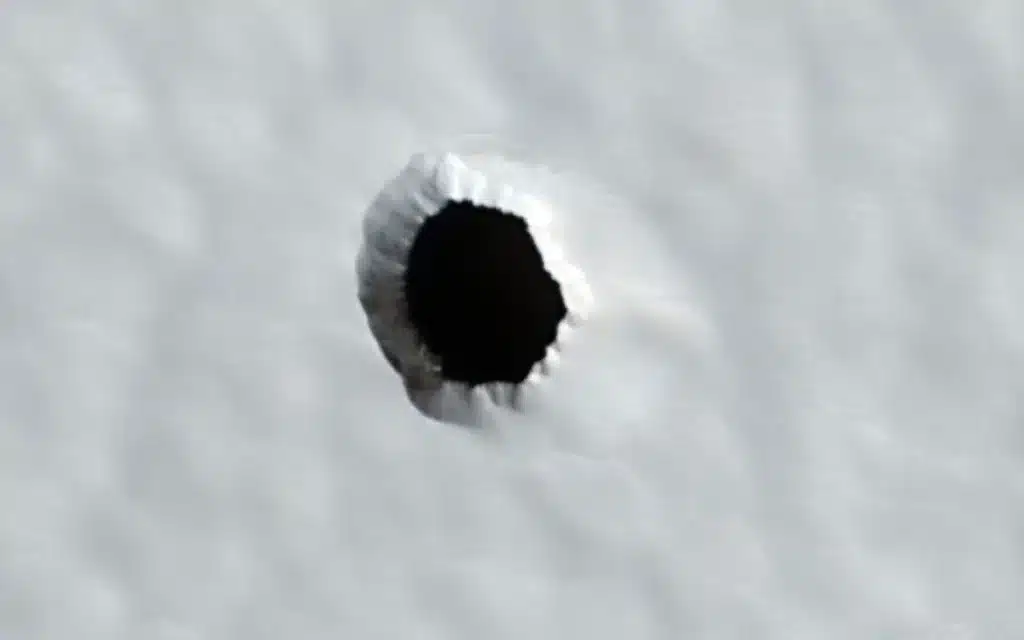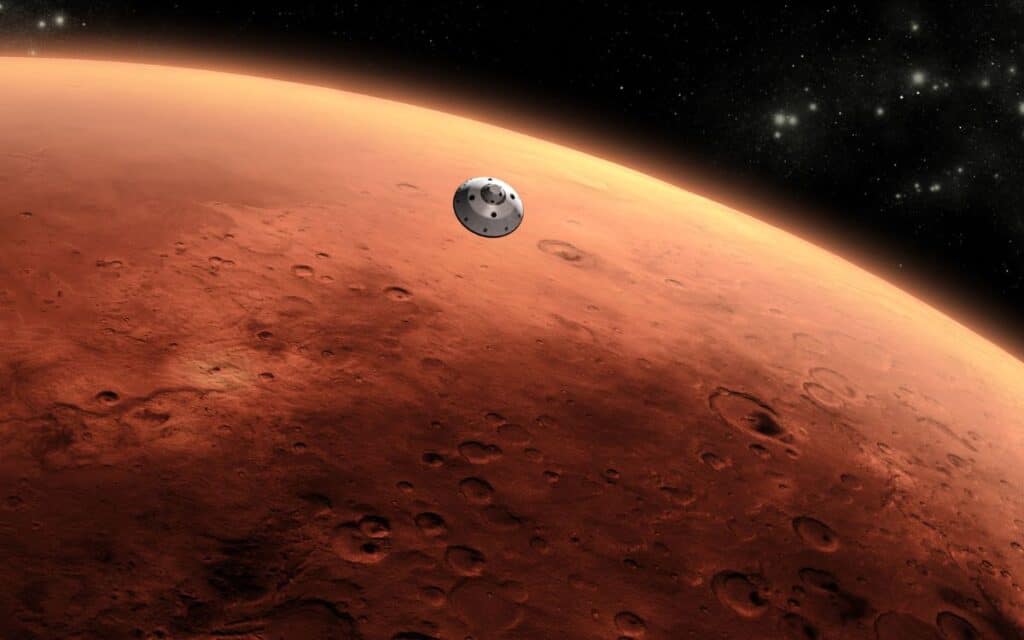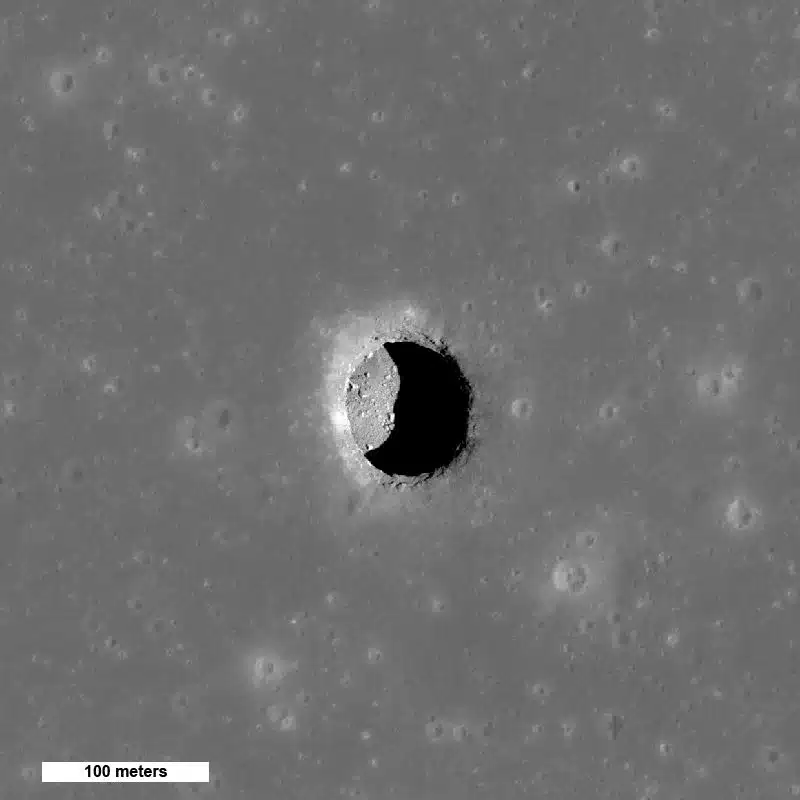NASA captures an image of a mysterious hole on Mars’s surface
- The mysterious hole could be the key to human life on Mars
- It could provide shelter to astronauts
- It can even house Martian microbial life
Published on Jun 10, 2024 at 4:46 PM (UTC+4)
by Nalin Rawat
Last updated on Jun 11, 2024 at 11:39 AM (UTC+4)
Edited by
Tom Wood
A mysterious hole on Mars found by NASA has recently come to the attention of scientists.
Discovered on August 15, 2022, the image was taken by NASA’s Mars Reconnaissance Orbiter (MRO).
The hole has been nicknamed ‘the little pit’ and could be a lifesaver for future astronauts.
READ MORE! Footage from Perseverance rover of Mars surprised everyone for how similar it is to Earth
Why are scientists interested in the mysterious hole?

NASA believes the mysterious hole to be a vertical shaft that can potentially provide shelter for future astronauts.
It can protect them from high levels of radiation on the planet, due to its thin atmosphere and lack of a global magnetic field.
Other than that, it can also provide safe cover from temperature swings and dust storms that make life impossible on the red planet.
The surface of the red planet isn’t that different from Earth as seen from an image taken by the Mars Pathfinder spacecraft.
However, new research suggests that the red planet is unsafe for human life.
That’s for other reasons outside the very obvious problems for humans trying to survive there.
Is Mars unsafe for humans?

The reason behind this uncertainty is simple.
Since the planet does not have a magnetosphere, it cannot block solar radiation.
Despite the presence of water and ice on the red planet, this radiation will pose a serious challenge to human life.
Prolonged exposure to this radiation could pose serious risks to human health, including increased cancer rates and damage to vital organs.
Despite Elon Musk’s ambitious plans to build a human colony on Mars, experts warn that the harsh conditions and limited resources could make it difficult to sustain life in the long term.

Due to this, holes like these that lead to caves are the perfect shelter for astronauts.
Additionally, these pits can also be habitats where past or even present Martian microbial life resides.
The pit, in question, is about 178 meters across and is located near the Arsia Mons volcano.
The region was volcanically active and these holes could have formed when lava channels emptied.
Caves or tubes like this can serve as human habitats on Mars.
DISCOVER SBX CARS: The global premium car auction platform powered by Supercar Blondie
Nalin started his career by working with various national newspapers in India. He has also worked as a writer/editor for many popular websites, while still pursuing his journalism and mass communication degree. Working as a digital nomad has allowed him to inform and educate through his work. When he is not writing, you can find him playing video games or travelling the mountains on his bike.




